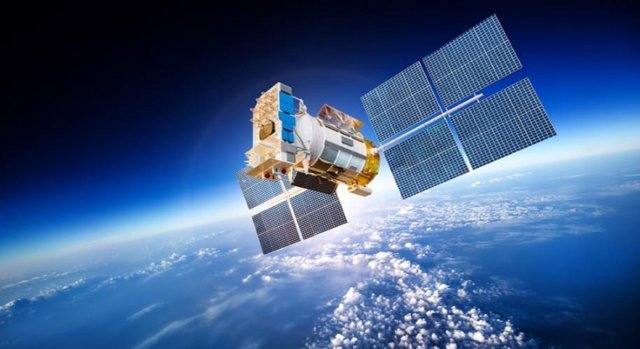The US Space Force is preparing to launch a groundbreaking satellite constellation called “Silent Barker” this summer. This constellation aims to track and monitor Chinese and Russian space vehicles that have the potential to disable or damage orbiting objects, marking another step in the escalating space rivalry between the superpowers.
Silent Barker, a joint initiative by the Space Force and the National Reconnaissance Office (NRO), will consist of multiple satellites positioned approximately 22,000 miles above the Earth in geosynchronous orbit. This strategic location ensures that the satellites move at the same speed as the Earth’s rotation. By complementing ground-based sensors and low-earth orbit satellites, Silent Barker will enhance the capabilities of the US to detect and track space threats, providing timely indications and warnings for high-value American systems.
The NRO has announced that the Silent Barker satellite constellation will be launched after July using an Atlas V booster operated by the United Launch Alliance, a joint venture between Boeing Co. and Lockheed Martin Corp. The launch date will be disclosed 30 days in advance via social media platforms like Facebook and Twitter, signifying a departure from the agency’s traditionally classified operations.
The development of Silent Barker is a response to the efforts of China and Russia in developing systems designed to target and neutralize satellites. The US is increasingly concerned about the potential threats posed by these adversarial capabilities. Sarah Mineiro, a former lead staffer on the House Armed Services Committee strategic subcommittee, states that Silent Barker will significantly enhance the Space Force’s ability to track adversary satellites that may be maneuvering near US satellites or engaging in suspicious activities.
Silent Barker addresses the limitations of ground-based and lower-orbit surveillance systems, providing a comprehensive understanding of activities in space. By overcoming observation gaps caused by distance, geography, and weather, Silent Barker will enable the US to gain valuable insights into the space domain.
The need for enhanced space surveillance is underscored by the Office of the Director of National Intelligence’s annual threat assessment, which highlights China’s weapons systems explicitly developed to target US and allied satellites. The report also emphasizes the importance of counterspace operations in the People’s Liberation Army’s potential military campaigns. Notably, China’s SJ-21 satellite successfully maneuvered a defunct Chinese satellite to a higher orbit, demonstrating its capability for counterspace activities. Another Chinese satellite, Sijian-17, possesses a robotic arm that can be employed for grappling other satellites.
While the exact number of satellites in the Silent Barker constellation remains undisclosed, it is clear that this initiative will greatly enhance the US Space Force’s surveillance and tracking capabilities. By leveraging space-based assets, the US aims to stay ahead in the burgeoning space competition and safeguard its crucial space infrastructure from potential threats.
